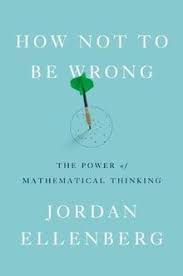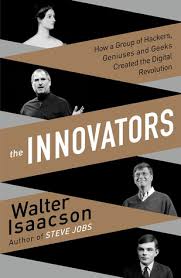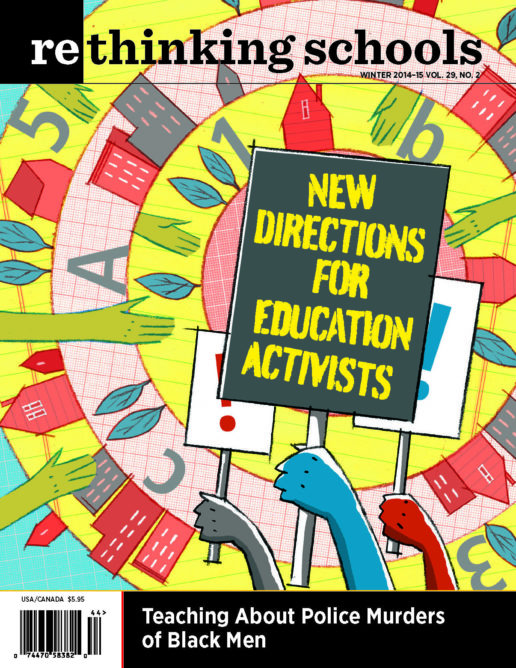Getting Deeper

How Not to Be Wrong:
The Power of Mathematical Thinking
By Jordan Ellenberg
(Penguin Press, 2014)
There is a lot of talk these days about teaching problem solving, but not much thought about what we mean by “problem solving” and how we go about it. The palaver is more mantra than substance. How Not to Be Wrong shows how mathematics can be a tool for thinking clearly and solving problems in everyday life. It requires no more math than pre-algebra and yet introduces the reader to complex mathematical ideas by tackling problems concerning obesity, the lottery, cancer, the home run derby, political predictions, creationism, hidden messages in the Torah, heredity, crime and punishment, and dozens of other topics. Jordan Ellenberg takes readers by the hand and leads them through the development of mathematical analyses that illuminate the issues at stake. Beautiful, clear writing, punctuated by a wonderful sense of humor, facilitates a better understanding of how mathematicians think and the nature of mathematics. I highly recommend the book for teachers who feel a need to get away from testing and back to teaching. It is easy to translate Ellenberg’s examples to the classroom and use his methods to teach strategies for problem solving in general.

The Innovators:
How a Group of Hackers, Geniuses, and Geeks Created the Digital Revolution
By Walter Isaacson
(Simon and Schuster, 2014)
Alan Kay’s quote “The best way to predict the future is to invent it” is the premise that underlies The Innovators: How a Group of Hackers, Geniuses, and Geeks Created the Digital Revolution. Walter Isaacson traces the development of computers from Ada Lovelace and the first programmable computing machines to the development of personal computing and the web. I used to work with Kay, a pioneer in the conceptualization of laptops and tablets, and lived in Berkeley during the development of personal computing in the 1970s, yet this book put things I experienced in a larger social, historical, and intellectual context. The book is full of anecdotes: tales of invention and discovery, friction and conflict, team building, collaboration, and discoveries.
Isaacson is a master at writing about technological issues without being overly technical. The book reads like an adventure story—one with major consequences in our everyday lives. It includes not only the role of engineers but also the contributions of musicians, utopians such as Stewart Brand, student activists, and corporate entrepreneurs in the development of our interconnected world. Anyone teaching about the role of information in our lives, whether from the perspective of mathematics, natural science, engineering, technology, or humanities, will benefit from reading this book. High school students will particularly enjoy the chapters on video games and personal computing.

